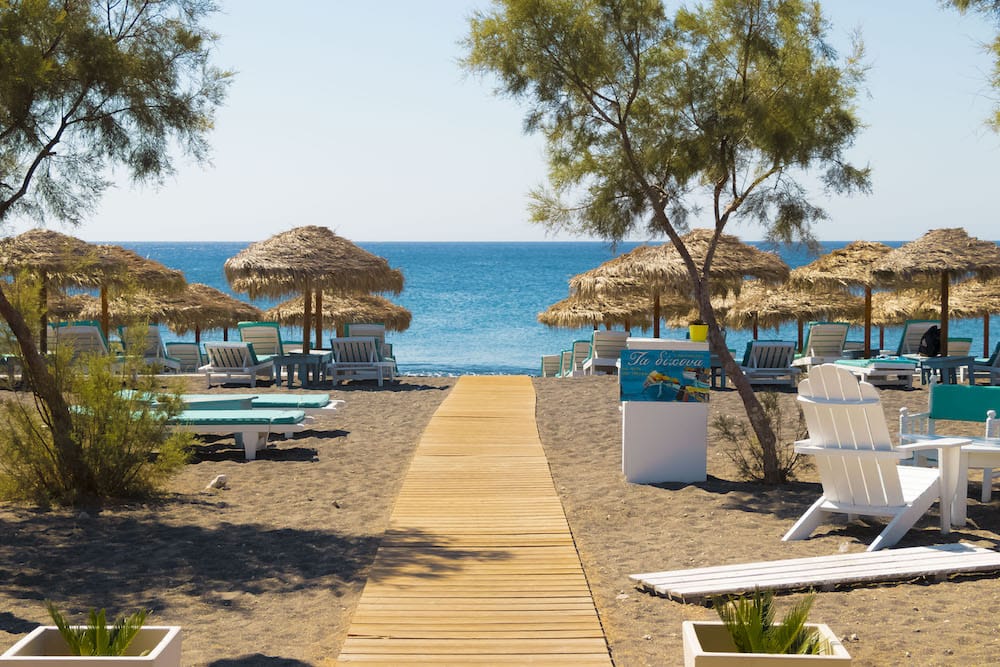Medical Protection Strategies for Americans Retiring Abroad

This is a guest post by John McGee, President of Expat Global Medical.
Living abroad after retirement or what most people consider retirement age can be exciting, adventurous and a little intimidating all at the same time, especially when you are having to deal with rising costs of acquiring quality medical care.
It’s an unfortunate truth that as we get older, we experience changes in our lives and staying healthy is of the utmost importance. Securing a strategy that will provide the best healthcare alternative in case of a major or catastrophic situation should be a top priority for expats retiring abroad.
If you are planning to live abroad, your government or regular health insurance plan will most likely not cover you. Expatriate health insurance plans are designed for US expats who are no longer covered under a basic health insurance plan or individuals who are awaiting other insurance coverage in the country in which they intend to reside. In addition to an expatriate health plan, here are some lifesaving and affordable strategies that you may want to consider.
Medicare
For US expats who have reached the Medicare age (usually age 65) and are now qualified to participate in the program…DO IT! Once you are allowed to have this benefit, enroll in Medicare and then enhance the coverage with a supplemental health plan. Keep in mind, however, Medicare will never assist in paying for any claims offshore.
Since Medicare A, B & D, presently doesn’t cover for medical expenses outside the US, most times the supplement attached to your Medicare benefit will REIMBURSE you for medical expenses you pay outside the US. Look at your coverage and determine the maximum amount reimbursable, (some are $ 50,000 and some higher), and the amount of days covered per trip outside the USA—most have a 30-90 day benefit. Once you pass the benefit time period, you won’t be able to get reimbursed for expenses paid. So, how do they determine if they will pay the claim? Depending on the amount, the supplemental company would request a copy of your passport to determine how long you have been outside the US. While Medicare is part of your overall strategy, you are likely not returning to the US every 3 months so you will need some other options.
Air Evacuation Plan
The first and least expensive option would be to have an Air Evacuation plan that would fly you back to the USA in case of a medical emergency. Plans differ and definitions are KEY! Remember, this is not a medical plan, this is an evacuation-only plan and how you would trigger this plan to get you back to the US is the secret ingredient. First, all plans require that you are hospitalized and stabilized. Most plans will fly you to the nearest qualified facility that can perform a lifesaving procedure, while other plans will bring you back to the city, state and hospital of choice in the US. Some plans require you to be near death, while others require something like a broken femur to trigger the ride back to the States. So it is important to look closely at the details. But in an extreme emergency, you may want to return to the US for medical attention to receive the highest quality care.
Travel Medical Plan
The next least expensive option would be to secure a Travel Medical Plan. Remember, most plans do not cover for the onset of a medical pre-existing condition. So, if you are an individual who takes prescribed medication for high blood pressure and you have a heart attack, your condition may be defined as chronic and therefore not be covered! Travel Plans have many different coverage options and most do include an Air Evacuation option; unfortunately these plans almost always have the Air Evacuation trigger that will only take you to the nearest facility that can perform a lifesaving procedure. Again, it’s important to evaluate all the details of a travel plan to determine if it’s right for you.
International Major Medical Policy
The most expensive, but most comprehensive, option would be to purchase an International Major Medical policy that may include or exclude the US, (including US costs approximately 20-50% more than a plan that simply covers you abroad). When choosing this option, you need to protect yourself against catastrophic circumstances. By taking a $5,000 or $10,000 annual deductible, you will keep your premiums down but have the peace of mind that you are fully covered. After you pay the deductible you are 100% covered. The big players in this Global Arena are companies like Lloyds of London, Aetna International, Cigna Global and BUPA. These plans offer great benefit coverages, however; they sometimes come with a high price and you must be careful when purchasing. Any pre-existing medical conditions will come with exclusionary periods where you have no coverage and when that period is concluded, you may only have a limited lifetime benefit of $ 25,000 – $ 50,000 for that condition. Conditions like diabetes and prior cancers would most likely be declined and therefore excluded from coverage. Some plans do cover you for any other illnesses, to the maximum of the policy, after the exclusionary period as well.
Socialized Plan for Permanent Residents
Finally, some countries provide socialized plans for permanent residents. These plans usually are for the masses and should not be counted on for major life threatening events. However, they can play a vital piece in the puzzle when formulating a complete Medical Protection strategy.
Example
An example of a somewhat quality socialized system is one for all citizens & permanent residents of Costa Rica —it’s called Caja Costarricense de Seguro Social (CCSS). Costa Rica’s public health insurance system, commonly known as the Caja, is available country-wide to all citizens and legal residents. There are ten major public affiliated with the Caja. For non-emergencies and everyday medical care, small clinics, known as EBAIS (pronounced ay-vy-ice), are located in almost every community. The cost to affiliate with CCSS is approximately 10 to 11.5% of your income; alternatively, residents may become members via ARCR, which provides a streamlined and simple joining process. For those under age 55, Caja payments include a mandatory pension payment, which will be disbursed beginning at age 65. Caja’s low cost and high quality attract many to its hospitals and clinics, and wait times are long for anything from a routine checkup to an important surgical procedure.
As you can see, creating a solid Medical Protection strategy isn’t a one-size-fits-all kind of process. It’s important to identify the kind of insurance plan you want, research the options carefully and piece together the strategy that provides you with the best possible coverage at a price you can afford as a retiree.
John McGee, is President of Expat Global Medical. Affordable expatriate medical, travel and life and health insurance coverage is ideal for US citizens living or traveling abroad.
Need information about expat tax services for retirees abroad?
We have articles, frequently asked questions and a free downloadable guide for expat retirees. Click here to see all the resources for Americans retiring abroad!



